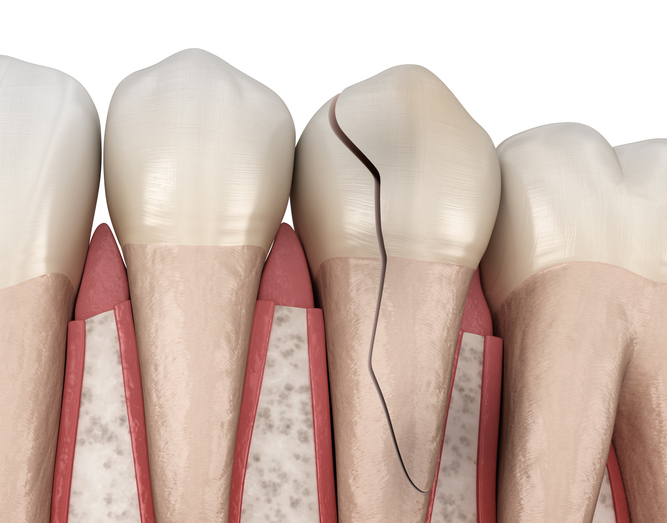
CBCT vs. periapical radiography: Identifying longitudinal tooth fractures

Cone-beam computed tomography imaging may be more effective at detecting longitudinal tooth fractures compared with periapical radiographs, according to a study published in The Journal of the American Dental Association.
Investigators examined the teeth of 98 patients diagnosed with longitudinal tooth fractures following direct visualization. They used CBCT imaging and periapical radiographs to detect cracked teeth, split teeth, vertical root fractures and bone loss patterns associated with these types of fractures.
The investigators found that compared with periapical radiographs, CBCT imaging more accurately identified periradicular bone loss linked to longitudinal tooth fractures. Further, they noted a correlation between the type of tooth fracture and root canal treatment, deep probing depth and the extraction of more than eight teeth.
The findings suggested that CBCT imaging could facilitate the correct diagnosis of longitudinal tooth fractures through bone loss analysis.
Read more: JADA
The article presented here is intended to inform you about the broader media perspective on dentistry, regardless of its alignment with the ADA's stance. It is important to note that publication of an article does not imply the ADA's endorsement, agreement, or promotion of its content.